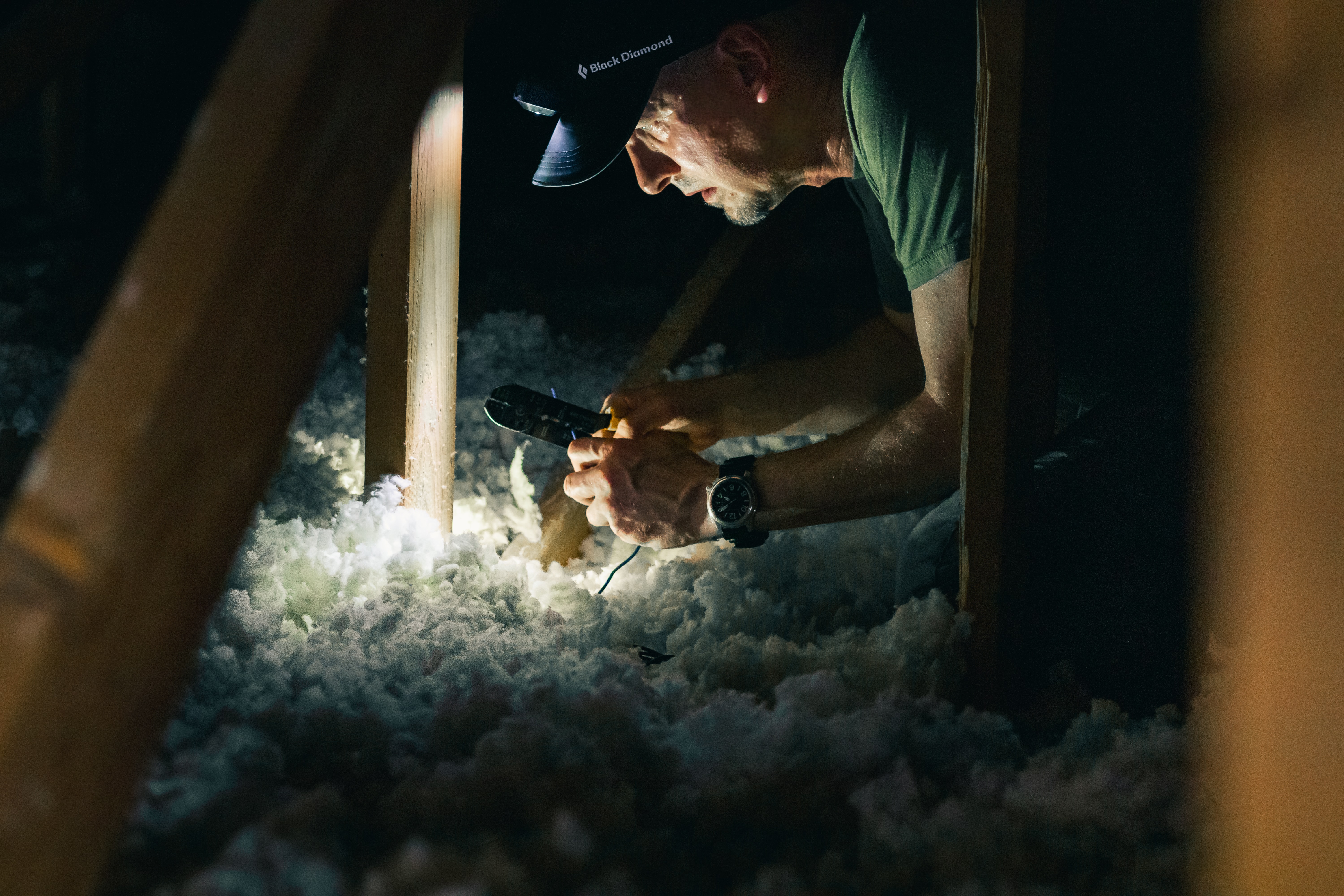How Proper Insulation Can Help Your Energy Consumption
When looking to improve your home efficiency rating, the first strategy you might consider is applying energy-saving measures. Limiting your energy consumption by promoting internal heating and other energy resources is essential. Insulation is the prime method of promoting internal heating in your home. In this blog, we discuss how insulation can reduce energy consumption and the different ways you can install insulation throughout your home.

How can insulation reduce energy consumption?
Proper insulation reduces energy consumption by preventing heat loss or gain throughout your home. By reducing extreme temperature changes, insulation decreases your reliance on heating and cooling systems. It reduces the exchange of heat through various surfaces, such as ducts, walls, and attics. It’s more important to consider improving your insulation if you live in an older structure. This is because older homes usually have less natural heating properties compared to new builds.
Different ways to install insulation
You can incorporate thermal insulation into several areas of your home to maintain internal energy and boost your home’s thermal comfort.
1. Insulate walls, attics, roofs, and floors
The most common use of insulation is in walls, floors, roofs and attics. An insulated roof is especially useful in cold climates as, since heat rises, it prevents warm air from leaving your home. This insulation serves as an outer shell that prevents temperatures from the inside and outside from equalising. A proper insulative shell reduces your reliance on heating and cooling systems to warm or cool the air in your home.
2. Insulate ducts
Leaking ducts can significantly undermine your home’s efficiency. If you have central heating or air conditioning units that force air through a ducted system, make sure to seal and insulate all the ducts. This ensures the warm or cooled air goes to where it’s supposed to and doesn't escape your home.
3. Seal air leaks
Good wall insulation means nothing if air continues to escape through cracks and gaps around doors and windows on the surface. These cracks create a draft that requires more power to heat and cool than air-tight homes. Weather-strip and caulk your home to prevent air leaks. Sealing air leaks is trickier in older structures where you have to be careful not to seal the house too tightly based on the construction methods used.
4. Consider reflective insulation
Reflective insulation works differently from other types of insulation which physically block heat exchanges. Otherwise known as a radiant barrier, reflective insulation is installed on the attic floor to reflect heat that radiates into the attic. This radiation comes from the roof, and the reflective insulation prevents it from entering the rest of your home below the attic. Consider installing reflective insulation particularly if you live in a hot climate and want to keep your home cool. Proper insulation is a sure way to limit your energy bills. This is becoming increasingly important given the recent rise in the electricity price gap, which you can read more about
here. To find out more about how to insulate your home and reduce energy consumption, contact Switch Plan today.


















































































































